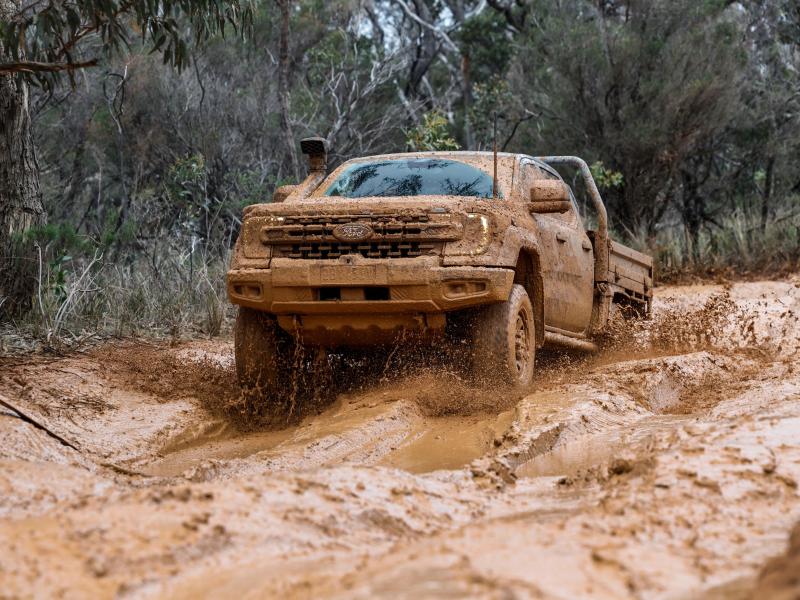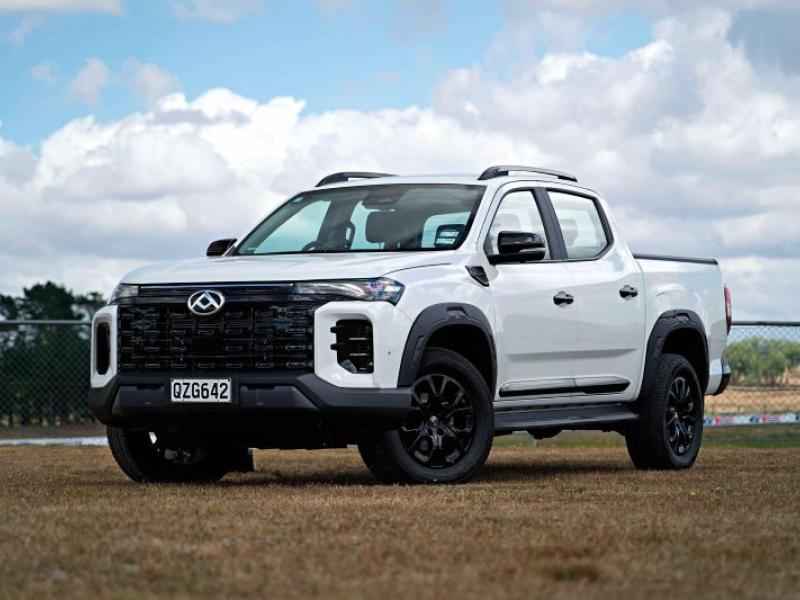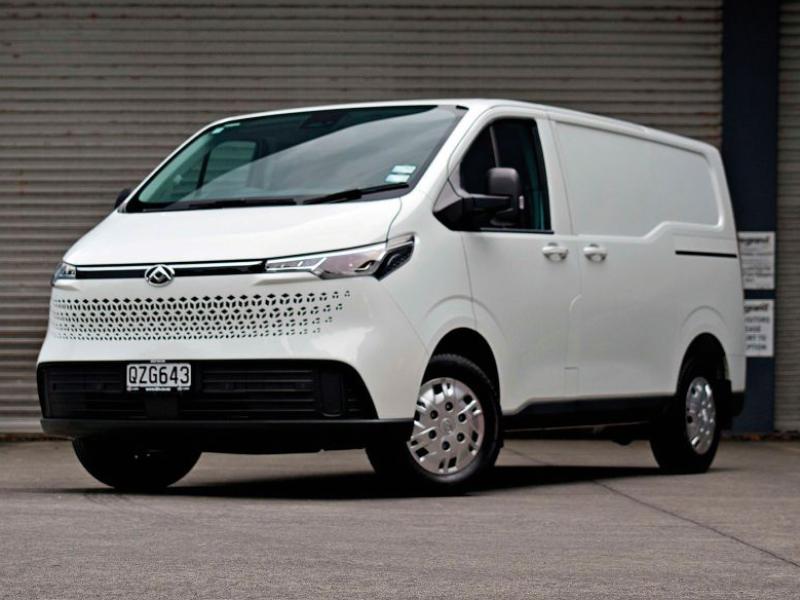Acceptance of the electric vehicle comes with the successful integration of electric vehicles in the commercial vehicle space, so say those automakers with electric commercials already in play at least.Acceptance of the electric vehicle comes with the successful integration of electric vehicles in the commercial vehicle space, so say those automakers with electric commercials already in play at least.
Peugeot is one such brand but likely not the brand most fleet operators would have named as one of the top contenders, but you should remember the French marque already has a pair of ICE commercials in the form of the Partner and its bigger brother, the Expert.
Both vehicles of course, have found favour with commercial operators in the UK and in Europe and Peugeot New Zealand saw a niche opportunity in the commercial vehicle space here which it first filled with a gen one Partner back in 2009.
Peugeot New Zealand has now introduced an all-electric version of the Partner to the market, positioning it right alongside the ICE version and giving business operators needing a metro vehicle the option.
Company Vehicle likes the Partner as a metro delivery concept and with the electric providing a zero emission, near silent version, the little ‘Pug’ has become so much more attractive.
Like its petrol equivalent, there are two bodylengths for the electric, standard and long wheelbase with the standard offering the greater payload at 803kg as opposed to 751kg for the LWB.
Load lengths are obviously different with the standard offering 3090mm and the LWB 3440mm with both versions incorporating Peugeot’s Multiflex seating with its through-the-bulkhead-for-long-load feature.
The cargo area has the capacity to hold two Europallets in both the Standard’s 3.8m3 and the LWB’s 4.4m3 space and is accessed from either side through sliding doors or via the barn style doors at the rear.
The cabin is where the electric model differs with (most of) Peugeot’s celebrated i-Cockpit sporting electric information aplenty with clear and simple displays and deeper dive scroll through menus.
The compact, multifunctional steering wheel with its funky un-round shape allows for the instrument panel to be as high as what we have come to know as a projected heads up display to afford data assimilation without having to take eyes off the road.
What’s missing is the polished toggle switches under the eight-inch touchscreen, but that would be messy for the potential middle seat occupant who is already going to have an interesting time of it, despite Peugeot’s short and stubby electronic gear selector.
Short and stubby is the size you’ll need for your daily drink bottle as well. Two can holders are up under the front windscreen, but that’s about it. Big litre bottles are going to have to go under the seat, and no, you won’t get them in the door pockets either.
The Partner does have a van upright driving position which even passengers found extremely comfortable and roomy – mid seat notwithstanding – so clearly, Peugeot has got the ergonomics for an all-day driver worked out.
And all-day drivers do need to be looked after, so the Partner – hailing from Europe where safety regulations are considerably more robust than they are here – is equipped with a comprehensive list of safety features including some technically advanced features like lane departure warning, blind spot monitoring, traffic sign recognition, forward collision warning and more.
OK, so what about the electrical bits?
Both models have a 50kWh lithium-ion battery which sounds – well, a little small, but in fact is ideally proportioned for the Peugeot with its – unladen –245km range.
The Partner can take AC or DC charging, which means a gentle at home 10amp charge will take about 28 hours. Put in a 7.4kW wall box and the Partner gets fully juiced in an overnight seven-hour timeframe.
Oh yes, the Partner has an on-board 7.4kW charger so the vanlette can take all the juice that wallbox can throw at it.
DC charging for those ‘oops, didn’t plug it in last night’ top ups, takes about 30 minutes to go from 0 to 80 percent charge; just don’t make it a habit for your battery’s sake.
The electric motor driving the front wheels throws out 100kW while dispensing 260 to 300Nm of torque, aided by a single speed transmission.
Indeed, the simplicity of all the electric gubbins has no doubt contributed to the e-Partner’s popularity in Europe, allowing the Partner side of Peugeot’s little vanlette to deliver the goods to coin a phrase.






